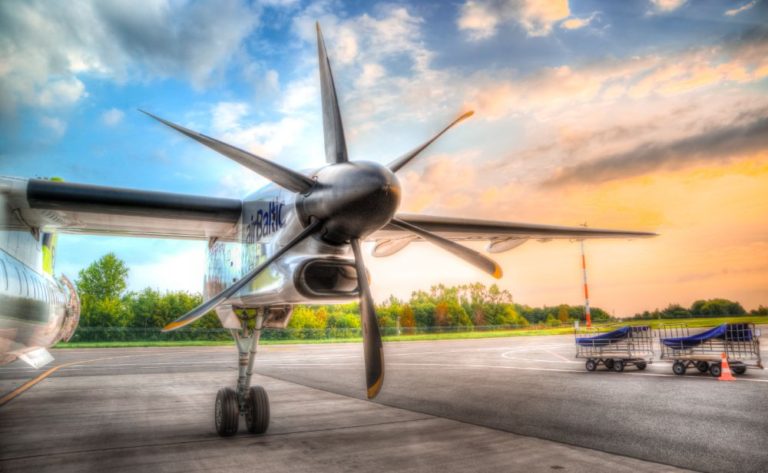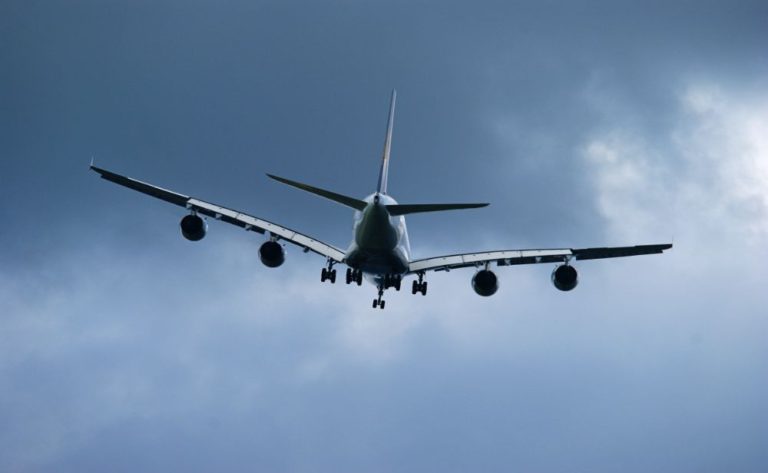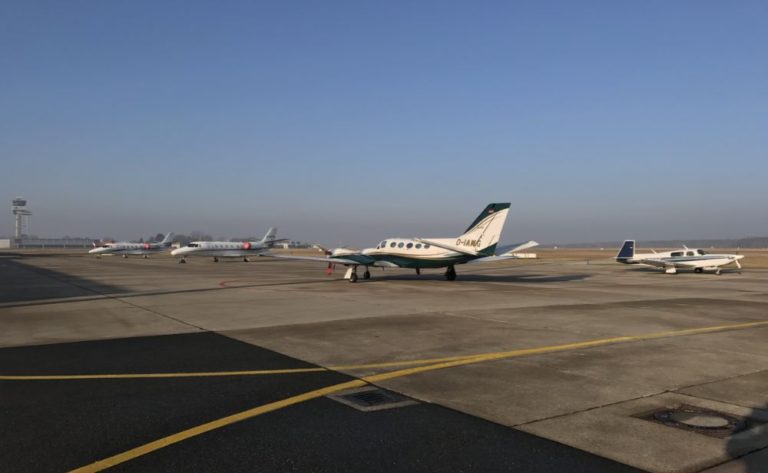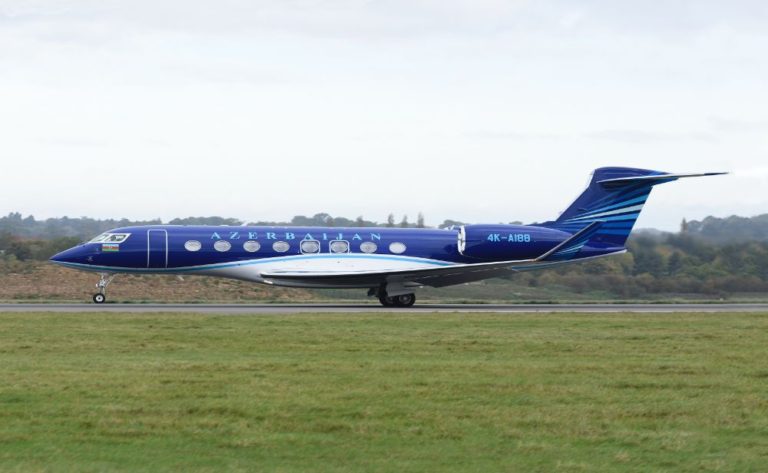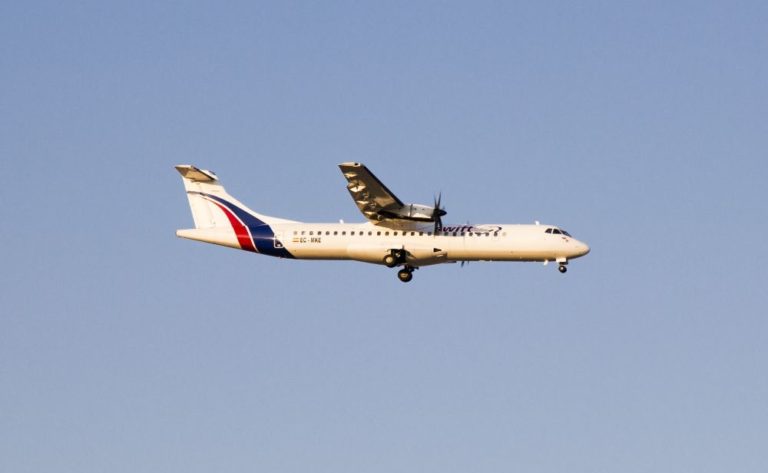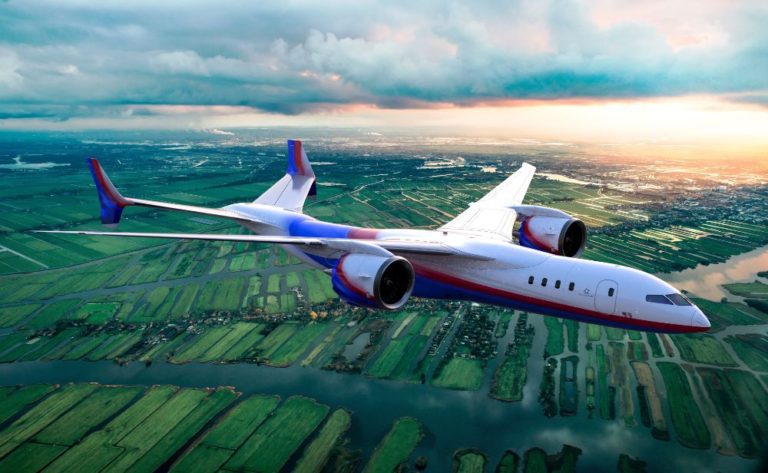What Is the Range of a Cessna 172?

The range capabilities of a Cessna 172 are mission-specific because of the aircraft’s high degree of versatility and its capacity to carry a wide variety of payload and fuel configurations.
In the event that there were no winds present, the Cessna 172 was capable of traveling 600 nautical miles. The power setting at cruise, the location of the aircraft’s center of gravity, and the winds at altitude all have an effect on its range when it is fully fueled and launched at its Maximum Take Off Weight on an average day.
When I was training to become a certified flight instructor (CFI) and later a corporate pilot, I taught my students that they should always calculate the effective range that their aircraft is capable of achieving for each flight, taking into consideration the requirement for VFR or IFR reserves.
Range Versus Endurance
Because I have often heard inexperienced pilots use the term “endurance” when they really mean “range,” our first order of business in order to understand the range of an aircraft is to make a distinction between the range of an aircraft and its endurance.
How long a person can remain airborne is a measure of their endurance. Range refers to the maximum possible flight distance.
Consider the following scenario: you power up the aeroplane, park it on the tarmac, and allow it to remain in this state for a few hours. After that point, the plane will have used up all of its fuel. This exemplifies perseverance. It is the period of time that an engine can be run at a specific power setting and mixture setting with the amount of usable gasoline that it has in its tanks at any one time.
As soon as you turn on the engine and get going, all of the variables alter. You are probably running leaner now since you are operating at a greater RPM than you did on the tarmac and you have leaned it out. When set up in this manner, the engine consumes an average of 9 gallons of fuel every hour (gph.)
The fuel capacity of a Cessna 172 is forty gallons. If you are burning 9 gph, your endurance – the amount of time you can stay in the air – will be around 4 hours and 30 minutes (40 gallons divided by 9 gph). That is the maximum amount of time you can spend in the air. There is no mention of IFR or VFR reserves anywhere in this document. Additionally, it does not measure either headwinds or tailwinds.
If there is no wind at your altitude, which is highly unusual, then your true airspeed will be the same as your speed on the ground. If you look at the chart, you’ll see that if you fly at an altitude of 6,000 feet and use 9 gallons of fuel per hour like the previous example, your True Air Speed (TAS) will be 122 knots.
If we make the assumption that there is no wind, then your ground speed will also be 122 knots. Your endurance will allow you to fly for 4 hours and 30 minutes, which will allow you to travel 549 nautical miles during that time (122 ktas x 4 hours and 30 minutes.)
Although range and endurance do not refer to the same thing, there is a connection between the two.
Considerations to Make When Attempting to Increase Endurance
Since we now know that range and endurance are not the same thing, we should concentrate first on a thing’s endurance before trying to discover what its range is.
Burn rate, also known as fuel flow rate, is the most critical element affecting endurance and is determined by a number of other factors as well. The majority of high-powered aircraft feature fuel flow gauges that provide pilots with a real-time insight of the amount of fuel that is being consumed by the aircraft.
The amount of fuel that flows through a system is reliant on both things that you can manage and factors that you cannot control. You have command over the throttle, as well as the mixture setting. On the other hand, you have no influence over the air pressure in the atmosphere.
On days with greater temperatures and at higher elevations, there are less air molecules present in a particular location. It does not matter how much fuel you put into it because it will only burn to the extent that there are molecules of air accessible.
You shouldn’t forget to assess how well your engine is running either. There is a possibility that its burn rate is higher than what you are accustomed to if the scheduled overhaul is getting near to being completed.
Fuel Flow
The majority of general aviation pilots tend to ignore fuel flow since they are focused on getting somewhere as quickly as possible while carrying as much as they can. And there is absolutely no problem with that at all.
The objective is to decrease fuel flow as a means of increasing endurance and, consequently, range. Please consult your POH for the optimal power settings or the optimal economy settings.
When making adjustments to the proportions, there are two aspects to keep in mind. Are you attempting to increase the distance you can travel? Or are you looking for a faster route to get there? Your response will determine whether you want the settings to be optimised for best economy or best power.
While selecting Optimum Power will not give you the best consumption, selecting Best Economy will reduce the amount of fuel flow and extend the range of your vehicle.
Density Altitude
During the dog days of summer, density at altitude is a significant factor in the amount of fuel that must be used. When making travel arrangements, remember to take this into consideration.
Pressure altitude that has been adjusted for temperature is known as density altitude. It’s important to keep in mind that air density decreases with increasing altitude, so keep that in mind without being too technical.
The consumption of gasoline results in the production of horsepower. When fuel is combined with air and oxygen and then set ablaze, combustion occurs. In order for one pound of fuel to be burned, precisely 14.7 pounds of air are required. The higher you go, the fewer the air molecules that are available to you.
When the richness control is turned all the way up, the cylinder receives more fuel than there is air for it to burn, which leads to just partial combustion and a decrease in power. Your consumption is still quite high, even this. Therefore, even if your throttle is wide open and set to release 9 gallons of fuel per hour, you are only burning 7 gallons of fuel per hour. However, your endurance will remain same at 4.5 hours throughout the entire process.
However, you can take solace in the fact that the temperatures will be lower. When temperatures are much higher than average, the problem becomes even more severe. Because higher temperatures cause the density of the air to decrease, there is less air available to mix with the fuel as it is being injected into the cylinder.
Additionally, there is an influence brought on by the humidity. When added to a mixture of low pressure and warm air, high humidity can make the situation even more uncomfortable. As a result of air being displaced by humidity, there is now even less air available to combine with the fuel. This results in a higher consumption rate and a lower range.
The impact of CG on Range
The position of the centre of gravity (CG) not only impacts stability but also has an impact on the amount of fuel that is used.
Be attentive of how you load your aircraft if you want to maximise the efficiency with which it burns fuel. This is one of the ways in which you can accomplish this goal.
An aeroplane that has its centre of gravity fully forward will need a greater amount of tail down force to maintain the required pitch. As a result, the wings will need to generate a greater amount of lift to compensate for the downward force that the tail exerts. This leads to a greater amount of induced drag. A higher level of generated drag necessitates an increase in both thrust and fuel consumption.
On the other side, having the centre of gravity (CG) fully aft minimises the amount of necessary tail-down force that the aircraft needs to generate, which in turn reduces the amount of lift that the weight needs to generate. This resulted in a decrease in induced drag.
Therefore, to get the most out of the performance capabilities of the aircraft, load it as far back as you safely can without going over its envelope. Also, keep in mind that shifting the centre of gravity aft improves performance, but does so at the expense of the rudder and the vertical stabilizer’s efficacy.
Impact of Body Weight on Endurance
The vast majority of pilots are quick to grasp the concept that a higher weight carrying capacity results in a greater need for fuel during flight. When I fly, this is the primary reason why I do not always fill up all of my tanks. Even though I am flying under instrument flight rules, I limit my reserves to no more than ninety minutes whenever the weather is clear.
When the weight is increased, the amount of force required to lift and transport it also increases. Greater lift means greater drag. More drag requires a greater amount of thrust to overcome it, which results in an increase in my consumption of fuel.
When it is not impossible to do so, reduce the load to the bare minimum required and load up on full fuel to improve your endurance. If you are concerned about the distance, you should choose gasoline above cargo.
Both the Altitude and the Endurance of the Flight
When you’re pressed for range, selecting the appropriate altitude can help leverage your endurance. If you have a comprehensive weather briefing for your route of flight, you will be able to determine the altitude at which you will experience the greatest amount of tailwind or the least amount of headwind.
When you get higher up, you’ll notice that the winds pick up their pace. If the winds are blowing against you, you should descend. If they are on your side, you should ascend higher.
Heat from the Carburetor’s Impact on Endurance
The more frigid the atmosphere, the better the performance of the aeroplane. On the other hand, this may not necessarily be superior for boosting endurance and range. When travelling by plane during the winter months in northern latitudes, this is the situation.
Low-altitude flying will marginally boost your endurance, despite the fact that the aircraft will perform better mechanically and aerodynamically at higher altitudes. If the winds are blowing in the direction that you want to fly, you should climb as high as you can.
Applying carburetor heat at altitude is necessary, though, in order to make the most of your cold weather condition. This causes the air to become less dense and lowers the full need, which results in less fuel consumption and increased endurance. Your range will improve if there is a wind blowing in your direction.
At an altitude of 12,000 feet, you could increase your fuel flow to almost 4 gallons per minute, which would give you almost 8 hours of endurance flying at 96 kilometres per hour. For example, if there is a tailwind blowing at a speed of twenty-four knots, the range will climb to an amazing (and perhaps staggering) 960 nautical miles!
